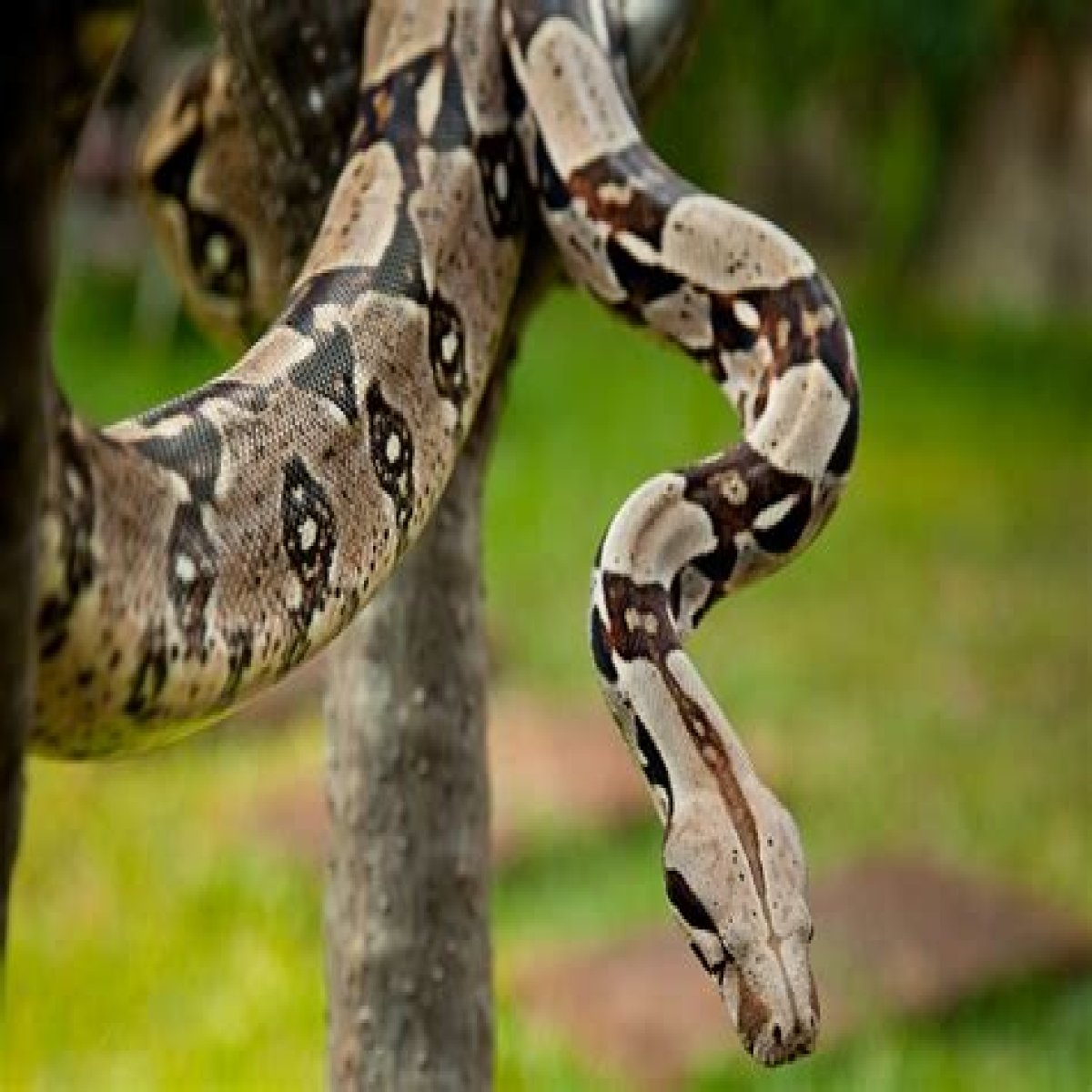The white boa snake, with its striking appearance and captivating presence, has become a popular choice among reptile enthusiasts and pet owners alike. Known for its stunning white coloration and unique patterns, this species commands attention and admiration. Not only does the white boa snake exhibit beauty, but it also possesses fascinating behaviors and characteristics that intrigue many. Understanding the natural history and care requirements of this remarkable serpent is essential for anyone considering adding one to their collection.
Originating from the lush landscapes of South America, the white boa snake is a captivating creature that combines elegance with a sense of mystery. These snakes can grow to impressive lengths, making them a stunning sight to behold. Their unique coloration, which results from specific genetic variations, allows them to stand out among their more commonly colored counterparts. This distinctive appearance, coupled with their intriguing behaviors, makes the white boa snake a topic of fascination for both seasoned herpetologists and casual snake enthusiasts.
As we delve deeper into the world of the white boa snake, we will explore various aspects of its biology, care, and the myths surrounding it. This article aims to provide a comprehensive understanding of this magnificent creature, ensuring that potential owners are well-informed before embarking on the journey of caring for a white boa snake.
What Are the Characteristics of the White Boa Snake?
The white boa snake is known for its elegant and eye-catching features. Here are some of its most notable characteristics:
- Coloration: The most striking feature is its predominantly white body, often adorned with faint patterns that vary between individuals.
- Size: Adult white boas can reach lengths of 8 to 10 feet or more, depending on their age and diet.
- Temperament: Generally, they are known to be docile and can become quite tame with regular handling.
- Habitat: In the wild, they inhabit rainforests, swamps, and other humid environments that provide ample cover and prey.
Where Do White Boa Snakes Live in the Wild?
White boa snakes are typically found in the tropical regions of South America, particularly in countries such as:
- Brazil
- Colombia
- Venezuela
These areas provide the warm, humid environments that this species thrives in. Their natural habitat is rich in biodiversity, offering plenty of opportunities for hunting and hiding.
How to Care for a White Boa Snake?
Caring for a white boa snake requires knowledge and commitment. Here are some key aspects to consider when providing care:
- Enclosure: A spacious terrarium with proper ventilation, heat sources, and hiding spots is essential.
- Temperature: Maintain a temperature gradient, with a warm side around 85-90°F and a cooler side around 75-80°F.
- Humidity: Keep humidity levels between 50-70% to mimic their natural environment.
- Diet: Feed them appropriately sized rodents, adjusting the frequency based on their age and size.
What Are Common Myths About White Boa Snakes?
Despite their popularity, several myths surround the white boa snake. Here are a few common misconceptions:
- Myth 1: All boas are aggressive and dangerous. This is false; many are docile and can be friendly with proper handling.
- Myth 2: They are too large to be kept as pets. While they do grow large, with appropriate care and space, they can thrive in captivity.
- Myth 3: They require special diets. In reality, their dietary needs are similar to those of other boa species.
What Should You Know Before Owning a White Boa Snake?
Before deciding to own a white boa snake, consider the following:
- Commitment: Owning a snake requires time and effort for proper care and maintenance.
- Space: Ensure you have sufficient space for a suitable enclosure as they grow.
- Legalities: Check local laws regarding the ownership of exotic pets, as regulations may vary.
How Do White Boa Snakes Reproduce?
Reproduction in white boa snakes occurs through a process called ovoviviparity, where the female gives birth to live young. Here are some key points about their reproduction:
- Mating Season: Typically occurs during the warmer months of the year.
- Gestation: The gestation period lasts around 5-7 months, depending on environmental conditions.
- Clutch Size: A female can give birth to 10-60 offspring in a single litter.
Are White Boa Snakes Endangered?
Currently, the white boa snake is not classified as endangered. However, habitat destruction and illegal trade pose potential threats to their populations. Conservation efforts are essential to ensure their survival in the wild. Responsible ownership and education can help raise awareness of their plight and promote their protection.
Conclusion: Is the White Boa Snake Right for You?
In conclusion, the white boa snake is a remarkable creature that captivates with its beauty and unique characteristics. While they can make excellent pets for dedicated owners, it is crucial to understand their needs and challenges. By providing proper care and respecting their natural behaviors, you can foster a rewarding relationship with this stunning serpent. Whether you're a seasoned herpetologist or a novice pet owner, the white boa snake can offer a unique and fulfilling experience.
Back To The Cooter: A Journey Of Self-Discovery And EmpowermentDiscovering The Early Years Of Dr. Nowzaradan: A Journey Through TimeUnveiling Emily Mae Young Today: A Journey Through Her Life And Career
